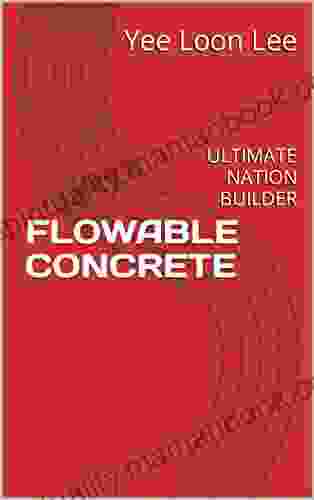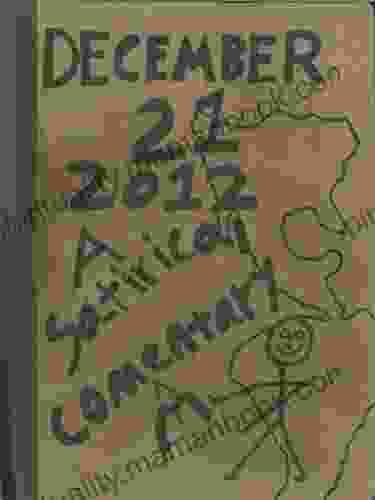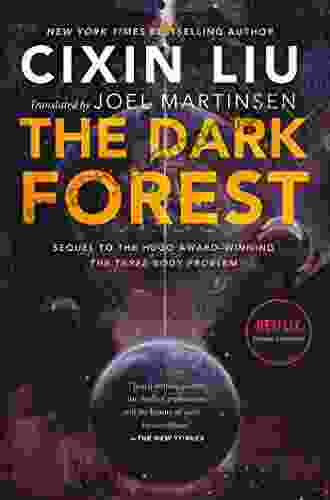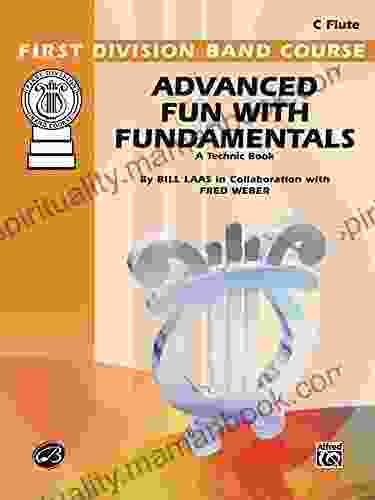Flowable Concrete: The Ultimate Nation Builder, Serving Mankind

Flowable concrete, also known as self-leveling concrete or self-consolidating concrete (SCC),is an innovative construction material that has revolutionized the building industry. It is a type of concrete that flows easily into place and levels itself, eliminating the need for compaction or vibration. This unique property offers numerous advantages, including reduced labor costs, improved quality, and increased productivity.
In this comprehensive article, we will explore the history, advantages, and applications of flowable concrete. We will also discuss the different types of flowable concrete available, as well as the factors that influence its performance. By understanding the capabilities of flowable concrete, engineers and contractors can harness its benefits to create stronger, more durable, and more sustainable structures.
The concept of flowable concrete was first introduced in the 1980s as a solution to the challenges associated with placing concrete in congested areas or complex geometries. Traditional concrete mixtures required significant compaction to achieve adequate consolidation, which could be difficult or even impossible in certain situations.
4 out of 5
| Language | : | English |
| File size | : | 3463 KB |
| Text-to-Speech | : | Enabled |
| Enhanced typesetting | : | Enabled |
| Word Wise | : | Enabled |
| Print length | : | 85 pages |
| Lending | : | Enabled |
| Screen Reader | : | Supported |
Early research on flowable concrete focused on developing a mix design that would exhibit high fluidity while maintaining sufficient strength and durability. Researchers experimented with various combinations of cement, aggregates, and admixtures, eventually developing a workable formula that met the desired properties.
In the 1990s, flowable concrete began to gain widespread acceptance in the construction industry. Its unique properties made it particularly suitable for large-scale projects, such as high-rise buildings, bridges, and tunnels. Today, flowable concrete is used in a wide range of applications, from residential foundations to commercial and industrial structures.
Flowable concrete offers numerous advantages over traditional concrete mixtures, including:
- Reduced labor costs: The self-leveling nature of flowable concrete eliminates the need for compaction or vibration, which can significantly reduce labor costs.
- Improved quality: Flowable concrete produces a more homogeneous and consistent finish, reducing the risk of voids or defects.
- Increased productivity: The ease of placement of flowable concrete allows for faster construction times, increasing productivity and reducing overall project costs.
- Improved workability: Flowable concrete can be easily poured into complex geometries or congested areas, making it ideal for applications where traditional concrete mixtures would be difficult to place.
- Reduced environmental impact: The use of flowable concrete can reduce noise and dust pollution associated with compaction and vibration, making it a more sustainable construction material.
There are several different types of flowable concrete available, each with its own unique properties and applications. The most common types include:
- Superplasticized concrete: This type of flowable concrete is made with superplasticizers, which are admixtures that reduce the viscosity of the concrete, making it more fluid. Superplasticized concrete is typically used for applications where a high degree of flowability is required.
- Self-consolidating concrete (SCC): SCC is a type of flowable concrete that is designed to consolidate under its own weight, without the need for compaction or vibration. SCC is typically used for applications where access is limited or where compaction would be difficult.
- High-performance concrete (HPC): HPC is a type of flowable concrete that is made with high-quality materials and designed to achieve superior strength and durability. HPC is typically used for applications where strength and durability are critical.
The flowability of concrete is influenced by a number of factors, including:
- Water-to-cement ratio: The water-to-cement ratio is the ratio of the weight of water to the weight of cement in the concrete mix. A higher water-to-cement ratio will produce a more fluid concrete.
- Aggregate content: The amount and type of aggregate used in the concrete mix can also affect flowability. Coarse aggregates, such as gravel, will reduce flowability, while fine aggregates, such as sand, will increase flowability.
- Admixtures: Admixtures are chemicals that are added to the concrete mix to improve its properties. Superplasticizers are the most common type of admixture used to increase flowability.
- Temperature: The temperature of the concrete mix can also affect flowability. Warmer temperatures will produce a more fluid concrete, while cooler temperatures will produce a more viscous concrete.
Flowable concrete is a versatile material that can be used in a wide range of applications, including:
- Foundations: Flowable concrete is ideal for foundations because it can be easily poured into complex shapes and around obstacles.
- Slabs: Flowable concrete can be used to create smooth, level slabs with a high degree of accuracy.
- Walls: Flowable concrete can be used to create strong, durable walls with a uniform finish.
- Columns: Flowable concrete can be used to create columns with complex geometries and a high degree of structural integrity.
- Bridges: Flowable concrete is often used in bridge construction because it can be easily placed into complex forms and can achieve high strength.
- Tunnels: Flowable concrete is also commonly used in tunnel construction because it can be easily transported and placed in confined spaces.
Flowable concrete is an innovative and versatile construction material that has revolutionized the building industry. Its unique properties offer numerous advantages over traditional concrete mixtures, including reduced labor costs, improved quality, increased productivity, improved workability, and reduced environmental impact.
As the demand for sustainable and efficient construction materials continues to grow, flowable concrete is expected to play an increasingly important role in the construction industry. By understanding the capabilities and benefits of flowable concrete, engineers and contractors can harness its potential to create stronger, more durable, and more sustainable structures.
4 out of 5
| Language | : | English |
| File size | : | 3463 KB |
| Text-to-Speech | : | Enabled |
| Enhanced typesetting | : | Enabled |
| Word Wise | : | Enabled |
| Print length | : | 85 pages |
| Lending | : | Enabled |
| Screen Reader | : | Supported |
Do you want to contribute by writing guest posts on this blog?
Please contact us and send us a resume of previous articles that you have written.
 Top Book
Top Book Novel
Novel Fiction
Fiction Nonfiction
Nonfiction Literature
Literature Paperback
Paperback Hardcover
Hardcover E-book
E-book Audiobook
Audiobook Bestseller
Bestseller Classic
Classic Mystery
Mystery Thriller
Thriller Romance
Romance Fantasy
Fantasy Science Fiction
Science Fiction Biography
Biography Memoir
Memoir Autobiography
Autobiography Poetry
Poetry Drama
Drama Historical Fiction
Historical Fiction Self-help
Self-help Young Adult
Young Adult Childrens Books
Childrens Books Graphic Novel
Graphic Novel Anthology
Anthology Series
Series Encyclopedia
Encyclopedia Reference
Reference Guidebook
Guidebook Textbook
Textbook Workbook
Workbook Journal
Journal Diary
Diary Manuscript
Manuscript Folio
Folio Pulp Fiction
Pulp Fiction Short Stories
Short Stories Fairy Tales
Fairy Tales Fables
Fables Mythology
Mythology Philosophy
Philosophy Religion
Religion Spirituality
Spirituality Essays
Essays Critique
Critique Commentary
Commentary Glossary
Glossary Bibliography
Bibliography Index
Index Table of Contents
Table of Contents Preface
Preface Introduction
Introduction Foreword
Foreword Afterword
Afterword Appendices
Appendices Annotations
Annotations Footnotes
Footnotes Epilogue
Epilogue Prologue
Prologue Bruce Bueno De Mesquita
Bruce Bueno De Mesquita Emthy A
Emthy A James Tate
James Tate Rose Macaulay
Rose Macaulay Cate Marvin
Cate Marvin Rod Khleif
Rod Khleif Jack R Baker
Jack R Baker Malcolm Barnard
Malcolm Barnard Cara J Stevens
Cara J Stevens Sharon Walpole
Sharon Walpole Jill A Lindberg
Jill A Lindberg Werner Sonne
Werner Sonne Basila Muhammad Guisse
Basila Muhammad Guisse Rebecca Coda
Rebecca Coda Michael Kroth
Michael Kroth Scott Bridges
Scott Bridges John Steffler
John Steffler Diana Gabaldon
Diana Gabaldon Robert A Fox
Robert A Fox Caryl Phillips
Caryl Phillips
Light bulbAdvertise smarter! Our strategic ad space ensures maximum exposure. Reserve your spot today!

 Nathan ReedCourt of Thorns and Roses: A Literary Masterpiece Woven with Enchantment and...
Nathan ReedCourt of Thorns and Roses: A Literary Masterpiece Woven with Enchantment and...
 Cooper BellA Literary Journey: Delve into a Collection of Short Stories That Captivates...
Cooper BellA Literary Journey: Delve into a Collection of Short Stories That Captivates... Chris ColemanFollow ·15.6k
Chris ColemanFollow ·15.6k Ian MitchellFollow ·6.3k
Ian MitchellFollow ·6.3k Jackson BlairFollow ·4.7k
Jackson BlairFollow ·4.7k Dion ReedFollow ·16.9k
Dion ReedFollow ·16.9k James GrayFollow ·2.2k
James GrayFollow ·2.2k Jesus MitchellFollow ·6.1k
Jesus MitchellFollow ·6.1k Graham BlairFollow ·17.3k
Graham BlairFollow ·17.3k Jeremy MitchellFollow ·14.1k
Jeremy MitchellFollow ·14.1k

 Thomas Powell
Thomas PowellHair Care Essentials for Crochet Braids: A Protective...
Crochet braids are a versatile and...

 Philip Bell
Philip BellNative Nations of North America: A Comprehensive Guide
North America is home to a...

 Jackson Hayes
Jackson HayesCall Me Crazy: My Unique Journey with Green
In the kaleidoscopic tapestry of life, where...

 Graham Blair
Graham BlairUnveiling the Literary Treasures of Michigan: A Journey...
The literary landscape of...
4 out of 5
| Language | : | English |
| File size | : | 3463 KB |
| Text-to-Speech | : | Enabled |
| Enhanced typesetting | : | Enabled |
| Word Wise | : | Enabled |
| Print length | : | 85 pages |
| Lending | : | Enabled |
| Screen Reader | : | Supported |











